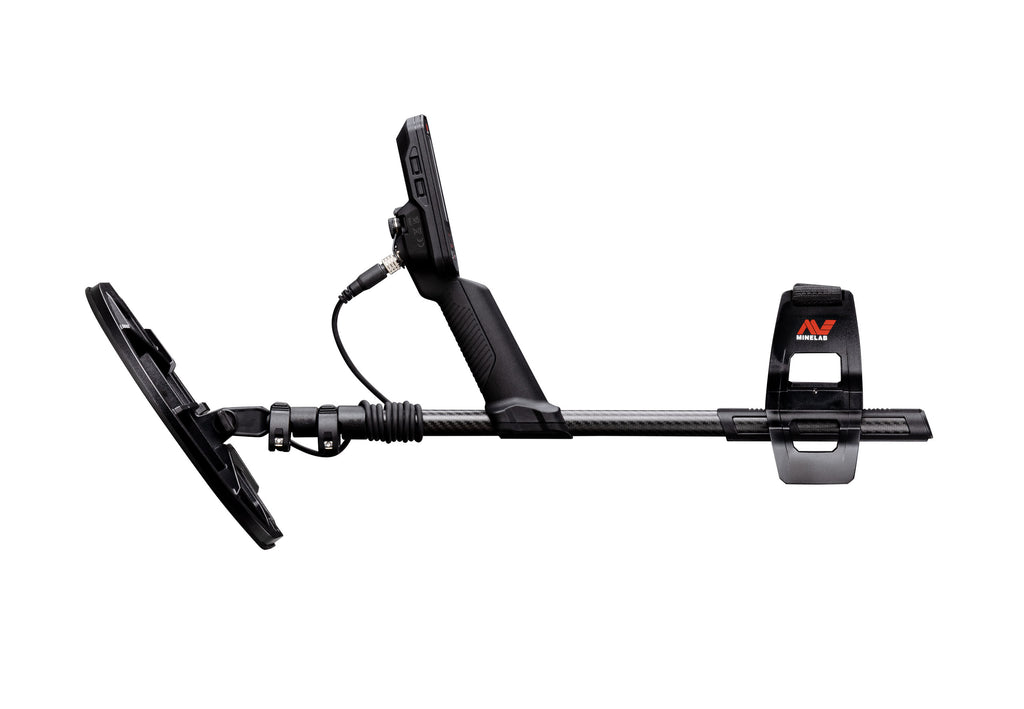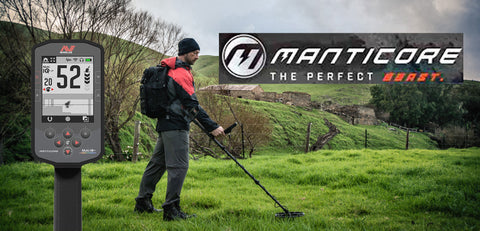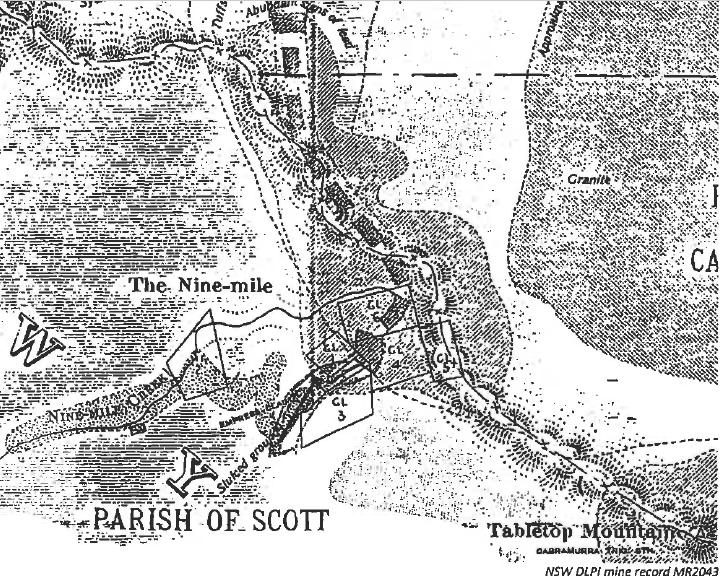Choosing the right Metal Detector
When starting out, choosing the right metal detector can be hard!
With so much good and misinformation out there its hard to navigate the world of metal detectors we are going to dive in and talk about a few options.
First of all when considering buying your first metal detector its important to know what your primary target is, is it native Gold? Coins, relics? all of the above?
Do you want to detect in the creeks, rivers and beaches?
These are just some not all of the questions we ask at Gold rat Metal Detectors to ensure were giving you the best advice to meet your goals.
Now with all that said alot of customers want a "do it all metal detector" and that's fine there are some really good options in the Minelab range that can tick that box.
For example the Minelab Equinox range from 800-900 models have four search modes, Park, beach, Field and Gold Field. These modes are optimized out of the box for their said zones and once you learn the machines little differences you'll find the equinox range to be a great all rounder.
Given the Equinox range would have to be one of the most sold coin and relic metal detectors sold throughout the world, with that comes awesome aftermarket accessories.
There are compact shafts, coils you name it for the equinox range that make it just a little bit more customizable and a really great detector for all.
If you don't need that gold mode then the equinox 600-700 range are awesome and a better price point to get you into the market.
There's a slight trade off with discrimination customization but outside of that the 600-700 equinox machines are an awesome first metal detector.
There is another new model that's a leap above the equinox and it offers 2d Visualization for ferrous and non ferrous targets (magnetic - non magnetic).
The manticore is very new to the market and over the coming year were going to see just how powerful this machine is we wont go deep into the Manticore here because i consider this an advanced machine.
If you're after just a gold specific machine and not really going after coins and relics the gold monster is a beast! now being VLF technology there's a learning curve but in the right situation that gold monster can produce really good results. There's a few really good VLF Gold Specific machines on the market were going to need a whole other article for that.
Well discuss more about how and where a gold monster really performs in another post. lets look at all the models available.
Before going too deep into gold lets talk about waterproof.
The equinox range, CTX 3030, Manticore and Excalibur all offer fully submersible metal detecting capabilities.
These range from 3 to 60 meters in submercibility.... is that a word? i'm going to run with it. The Excaliber is really the deep sea beast here and with that comes a pretty basic machine. Whereas your CTX 3030 has multiple frequencies and the equinox range has multi-iq (simultaneous frequencies) these differences can make a big difference depending on what your primary target is.
The CTX has a heap or power and some amazing GPS features with discrimination visualization similar but not the same as the manticore, there are also quite a few hand held metal detectors on the market small like a pin pointer these are made by Nokta and are called the pulse dive range.
So by now you should have a pretty good idea where these range of detectors fall in capabilty these metal detectors mentioned above are for the most part VLF (very low frequency) technology, were going to dive into Pulse induction.
Pulse induction metal detectors are the benchmark of innovation in Gold Specific metal detecting, that is if you are really serious about becoming a prospector and want to be able to pull native gold out of highly mineralised soils consistently and effectively then a pulse induction metal detector will get that gold!
This is not to say VLF's wont pull gold they will but Pulse induction (well now refer to this as a PI Machine.
PI machines can get a very accurate look into the soil matrix and discount the ground noise from the returning signal from your coil, this means even the smallest flake of gold can be detected with the right coil combo on a pulse induction machine, PI will also punch alot deeper.
There's alot more complexity to it than that but for now you need to understand the effectiveness scales is 1-1 VLF-PI its more like 1-11 or 1-100 in some situations. well dive into that much deeper another time.
The range in PI machines start at an SDC2300 which is absolute beast of a metal detector, its rugged and compact, super easy to use and completely waterproof yep I'm talking about 3 meters fully submersible. You can literally put your snorkel on and hit that creek looking for gold in cracks. these retail around the $4300 mark.
What really makes this metal detector one of the most popular units on the market is its size once folded down, it fits in a backpack so easily its one of a kind there is nothing like it on the market.
Next we have the GPX 5000 which has more options, coils, boosters etc than any other detector on the market, its a weapon of a PI machine that will always have a place but as minelab develop new machines its fallen behind in favor for a more simplistic user menu like the GPX 6000 or GPZ 7000 machines.
The GPX 5000 is still a really great metal detector that will get you gold and for around $5000 its very affordable.
We offer side mount battery kits for these that bring the weight down and remove the need to harness mount your battery reducing wires etc to make this machine even easier to use.
Next in line you have the current most popular PI machine the GPX 6000, this is definitely the easiest to use, turn on and go gold specific metal detector on the market! Hands down! There's only three things you can change on this machine, sensitivity, ground type and threshold its so easy.
Couple that will an awesome offering of coils, actually i have to say the 14 inch DD coil that comes with this detector is the best DD coil I've ever used near power lines it literally can run under extreme EMI. (electrical magnetic interference.
So out of the box you get two coils a 11" mono and 14" DD that gives you options to cover all ground. The GPX 6000 retails for $7999 and is only available from "Certified Minelab Dealers" you can find your local certified Minelab dealer via Minelab's website here.
At the top we have the GPZ 7000! The biggest and baddest Pulse induction gold metal detector on the market. If you run a lease or mine gold for a living you're running a GPZ 7000. The EMI stabilization alone of this machine can be the difference of being able to work on a day with a pending storm and putting tools down, the electronics are amazing.
The standard coil punches so deep while still being sensitive to sub grammers and flakes. Its one of the heaviest in the line up so you want to be aware of that when looking at these machines but minelab include a hardness and swing arm with the unit to balance that out.
Like with all metal detectors i encourage you to come in and pick up the models that you're looking at there's no feedback online you have to hold these in your hand to get a real understanding of the differences.








